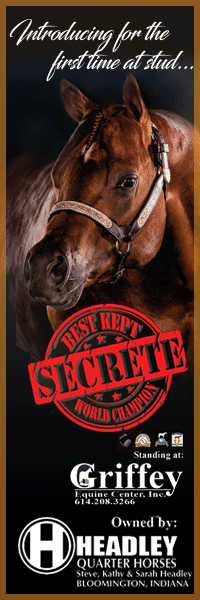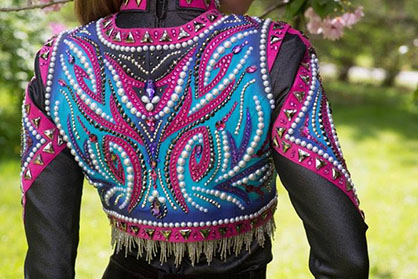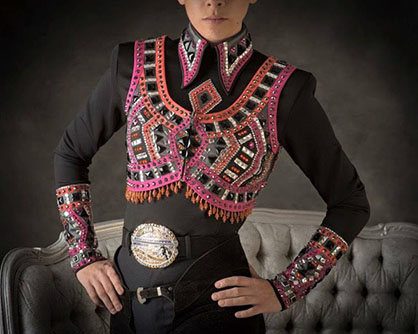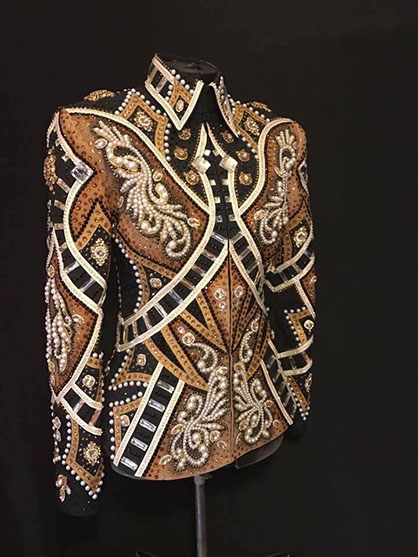Show Clothing Copycats
“Imitation is the sincerest form of flattery”- Charles Caleb Colton, British Priest and Writer
By: Brittany Bevis
As illustrated so succinctly by Colton, imitation truly is the sincerest form of flattery; but, what happens when it goes a step too far? Plagiarism is a phenomenon that affects virtually every facet of the commercial industry, from journalism and art to photography and yes, even fashion.
Likely your own Pinterest feed is inundated with glossy shots of fancy designer jackets. And, every once in a while, you might run across a few that look strikingly similar… Which is the original and which is the copy?
We had a candid chat with a few top designers and consignment companies to get their perspective on show clothing copycats. Does it hurt their businesses financially? Is there any course of action that can be taken? Where should the line be drawn between being “inspired by” a design to being an outright copy? What do you say to a client who comes with a photo of another designer’s piece requesting a similar look? The answers aren’t as black and white as you might think…
Wendy Brown of Show Me Again works with several top designers via her consignment business and says the trend of copycatting is prevalent. “I’ve seen people copy directly from a print or digital ad, and not only designs, but patterns,” she says. “What’s unfortunate is that most every client wants to make their own statement, and the designs that stand out and are totally different than anyone else are the best sellers. As someone who prides themselves on innovation, it’s disappointing to see the lack of originality in design, because when the market becomes flooded with too many of the same type of design, the value of the pieces decrease.”
Melissa Illic of Show Couture- Riding Apparel says several of her own designs have been copied. While it doesn’t have an immediate financial impact on her business, since the jackets were copied long after they were sold, she says the dilemma is more of an ethical and emotional one. “Clients will contact me when it’s their jacket that was copied and want me to do something because they’re distraught. They wanted to look different in a sea of sparkles, and they paid for that originality.”
“My customers want to be different and not have copies. I’m going to look into the legal recourse regarding theft of designs, but it’s somewhat a sign of the times. As with the rest of the horse show ‘win at all cost’ mentality, I’m not sure the moral compass is working nowadays. Ethics are gone everywhere.”
Kay Mortensen of Showtime Show Clothing says copycats are more common than the public might think, but 98% of the time, it’s just a look-a-like. “However, the quality and workmanship usually are quite different, if you look closely,” she says. “In the fashion industry, there’s no way to copyright a design. Change one button or one color, and it’s different.” She adds, “time spent worrying about what someone else is doing can be better spent concentrating on your own business.”
Since the high design of an original piece is what’s most sought after, and brings a higher return on investment, Brown believes it’s worthwhile for the consumer to stick with a well-known brand. “You’re better off investing in an established designer name rather than having an unknown designer make a cheaper copy,” she says. “I would compare it to counterfeit handbags. Designer labels are more desirable, better quality, and will hold their value better than an imitation.”
Let’s be clear. That doesn’t mean that the only quality pieces are those from a big name designer with a hefty price tag. There are plenty of smaller, lesser publicized designers that serve the middle market with originality and fair prices. Furthermore, what’s being discussed here isn’t a design inspired by another. We’re talking about a blatantly reproduced copy.
“A designer’s job is to design and then create; not just to be a seamstress,” Brown says. “I think it’s more about the bottom dollar as the clothing market becomes more and more flooded with options and price points in an extremely niche market. Then, businesses and designers may see a style or design that sells fast and are quick to emulate it in an attempt to increase their own profits.”
On the other hand, what’s a consumer to do when they’re instructed, by a designer, to bring in photos that illustrate the overall look they’re looking for in a custom piece? Illic acknowledges the practice and explains that there is typically no problem with it.
“I have clients show me other pieces all the time. I always ask what they like about it. The color? The style? When I can pinpoint what attracted them to a piece, I can create an original design with the flavor of the original piece, whether it be edgy, geometric, or romantic, without being a copycat design. I have several clients who will show me high fashion gowns and ask me to interpret the style into a jacket. For me, that’s the line drawn between inspiration and copying. I’m not duplicating it line for line; I’m recreating its personality.”
Brown believes that if a client loved a design from a particular company, she should go back to the original designer to give that person the opportunity to make a similar, but different, custom piece. “However, often times, the client’s complaint is about the expense of a custom piece or possibly they’ve had a bad experience with a previous custom order. Personally, I would be embarrassed to be seen in a knock-off, knowing that the original client and original designer are left feeling helpless and violated. After working in show clothing for over 10 years, I can usually name the designer by their style, pattern, or art work from afar.”
Another reason why it’s best to consult a designer for a wholly original piece is because of the expertise required to craft a look that will flatter a rider’s best attributes. “True designers, that have their client’s best interest in mind, consider many factors when designing a piece: the client’s body type, style, and how the outfit will look with the horse,” Brown says. “Of course, any seamstress or person can be shown a drawing or photo and re-create it. This behavior lacks vision and creativity. What you may love on someone else may not be right for you, or you may not love the look once you try it on. True designers are artists. They get to know their client and create something entirely new with the look and feel of the client’s desire that will be flattering to their silhouette, be age appropriate, and complement their horse.”
Mortensen has a stock answer for those potential clients who come looking for a duplicate design. “We don’t copy other people’s designs,” she says. “There are always good ideas available, and we can change ideas to make something innovative for all. There is a great deal of business available. If you offer a quality product with customer service to back it up, the business will follow.”
Furthermore, there are a multitude of different avenues for inspiration. “One of my daughter’s favorite jackets was based on her sister’s black and white damask comforter,” Illic says. “She had red rose pillows on her bed, and we loved the contrast and romanticism of the patterns, but most of all, we liked that no one had anything like it in a jacket.”
But when someone covets a specific look, they may go to certain lengths to ensure they get as close of a copy to the original as possible. “Two girls, in particular, had designers copy their jackets, and the copies are exhibiting in the same age division and show circuits,” Illic says. “Part of the problem is that the laws for intellectual property are vague. In this instance, my clients have commissioned me for an original design, so that makes them, not me, the actual owner of it. I am a commercial artist by trade, so I understand this better than most.”
Sadly, Mortensen says there is little that can be done. “I just go back to the idea of thinking about your own business and not worrying about what others are doing. It’s an energy drain and is just not worth the hassle. Each designer has their own individual style, and knowledgable horse ladies can tell quality from what’s not.”














